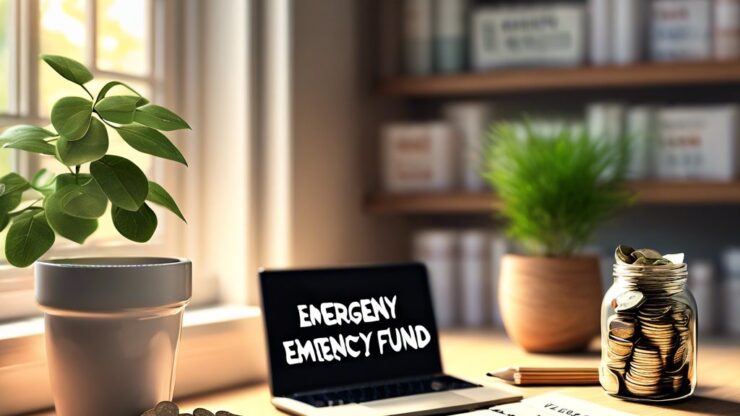Life is unpredictable, and one of the best ways to safeguard your financial future is by building an emergency fund. This fund serves as your financial cushion, ready to absorb unexpected expenses like medical emergencies, car repairs, or sudden job loss. The peace of mind that comes with knowing you have a financial backup can significantly reduce stress and help you make better financial decisions.
Creating an emergency fund doesn’t have to be overwhelming. The key is to start small and build gradually. Begin by assessing your monthly expenses to determine how much you need to save. Experts recommend aiming for three to six months’ worth of living expenses. But remember, every little bit counts.
Consider setting a specific savings goal. This could be a fixed amount each month, or you might prefer a percentage of your income. Automating your savings can also be a game-changer. By setting up automatic transfers to your savings account, you’ll ensure that you consistently contribute to your fund without even thinking about it.
Building your emergency fund can be accelerated with some practical strategies. Below is a list of actionable tips that can help you enhance your savings:
- Cut Unnecessary Expenses: Review your monthly expenses and identify areas where you can cut back. Whether it’s dining out less or canceling unused subscriptions, every dollar saved adds up.
- Boost Your Income: Consider side gigs or freelance opportunities that align with your skills. Extra income can make a significant difference in your savings journey.
- Use Windfalls Wisely: If you receive bonuses, tax refunds, or gifts, consider allocating a portion of these funds directly to your emergency fund.
- Stay Motivated: Track your progress and celebrate milestones. This will keep your momentum going and remind you of the importance of your savings.
By adopting these strategies, you’ll not only build your emergency fund faster but also foster healthy financial habits that will benefit you in the long run.
Disclaimer
This article has been created or edited with the support of artificial intelligence and is for informational purposes only. The information provided should not be considered investment advice. Please seek the support of a professional advisor before making any investment decisions.






